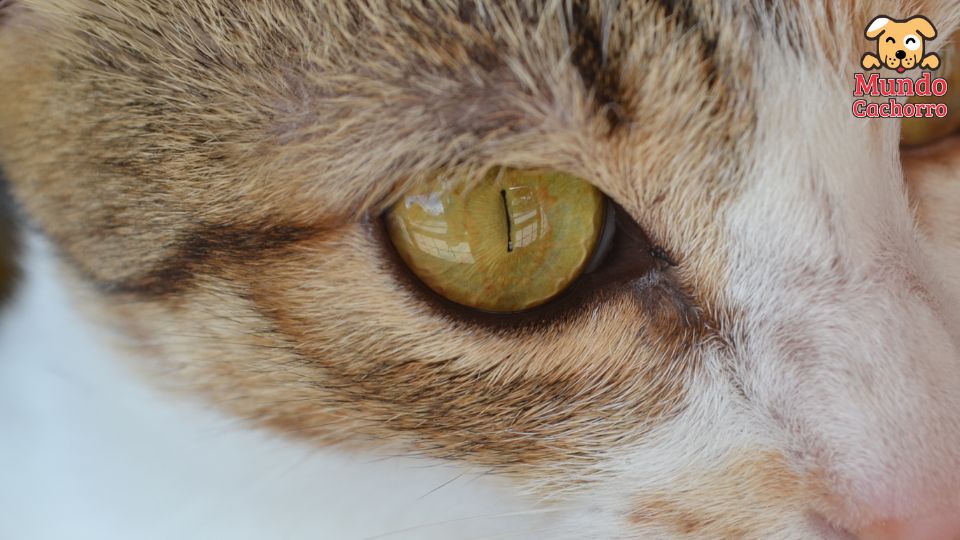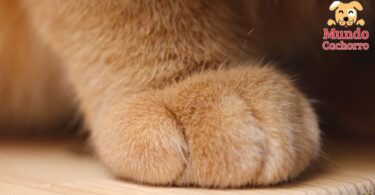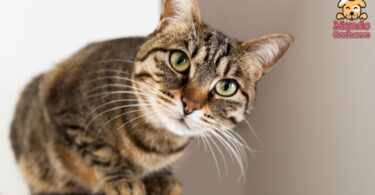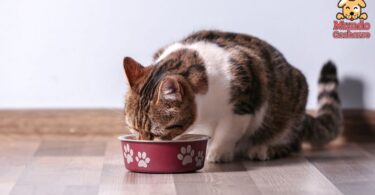When we adopt a cat, one of the first curiosities that arises is to know its age in human terms. The relationship between feline and human years is not as simple as multiplying by seven, as it happens with dogs. Cats have a particular life cycle, where they experience rapid changes during their early years and slower aging afterwards. In this article, we explain how to calculate the age of a cat, whether it is a puppy or an adult feline, and what aspects to consider to better understand its life stage.
Indice
The early years: a growth spurt
The growth of cats during their first years of life is astonishingly rapid. In its first year, a cat goes from being a helpless kitten to a young adult with full capacity to hunt and reproduce. This early stage compares to the development of a human up to the age of 15. In other words, when a cat reaches its first year, it is equivalent to a 15-year-old adolescent in terms of development and maturity.
A cat’s second year of life also represents significant growth, although not as accelerated as the first. By the age of two, a cat is usually fully developed, both physically and emotionally. In human terms, this puts it at approximately 24 years of age. After the first two years, a cat’s aging begins to stabilize.
After the first two years: maturity
After the initial two years, the calculation of a cat’s age follows a simpler rule. For each additional year a cat turns, it is assigned approximately four human years. For example, a three-year-old cat would have an equivalent human age of about 28 years (24 years for the first two years plus 4 years for the third year).
This formula is not exact, but provides a good approximation. However, it should be noted that some cats may age more slowly, while others, especially if they have health problems or an inadequate diet, may show signs of aging earlier.
Older cats: feline old age
When a cat reaches the age of seven, it is considered to have entered its senior stage. At this point, the aging process may become more evident. Following the four-year rule for every human year, a 10-year-old cat would be approximately 56 years old in human terms.
As cats age, their needs change and require special care. Older cats may experience decreased energy, joint or vision problems, and may need a different diet to maintain their health. It is critical to watch for signs of aging in an older cat and provide them with proper care so they enjoy a good quality of life in their golden years.
Factors that affect aging
Not all cats age at the same rate. Various factors influence the speed and manner in which a cat ages, including breed, genetics, diet and the environment in which it lives. For example, cats that live indoors tend to have a longer life expectancy than those that live outdoors, due to less exposure to hazards such as accidents, disease or attacks by other animals.
Dental health and regular veterinary care also play a crucial role in a cat’s longevity. Dental disease can affect overall health, and regular veterinary visits allow health problems to be detected and treated before they become serious problems.
Longevity of cats
With good care, many domestic cats can live as long as 15 to 20 years, and some even longer. In human terms, a 20-year-old cat would be the equivalent of approximately 96 years old. This fact underscores the importance of maintaining a balanced diet, regular exercise and health checks to ensure that your cat has a long and healthy life.
Cats that reach these advanced ages often show surprising vitality, although it is normal for them to become less active and need more time to rest. Understanding how to gauge a cat’s age will help you tailor their care according to their stage of life, ensuring they receive the love and attention they need at every stage.
Final thoughts
Calculating a cat’s age in human terms is not only a curiosity, but also crucial to better understand its needs at each stage of its life. From the rapid changes of the early years to special care in old age, knowing your cat’s age will allow you to offer it the best possible care. Remember that every cat is unique, and while rules for estimating his age are helpful, observing his behavior and health is the best way to make sure he’s living a happy, healthy life.








